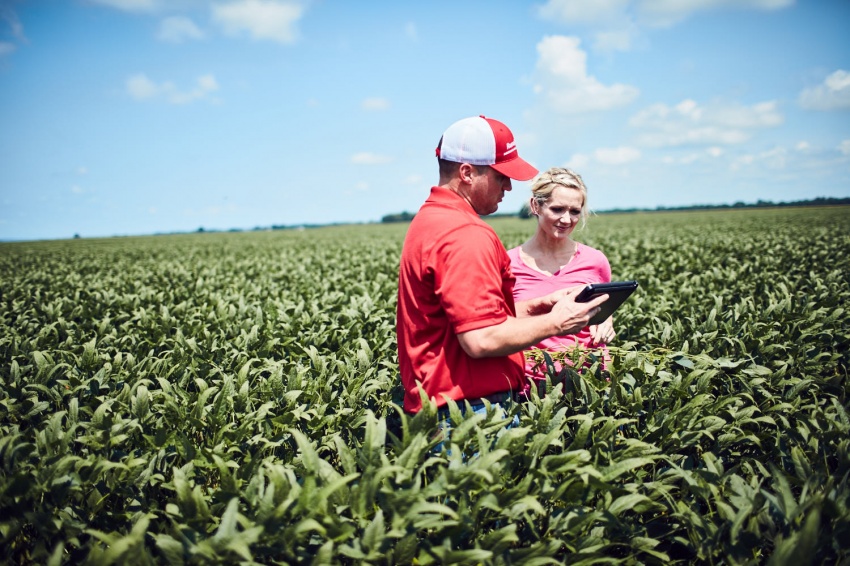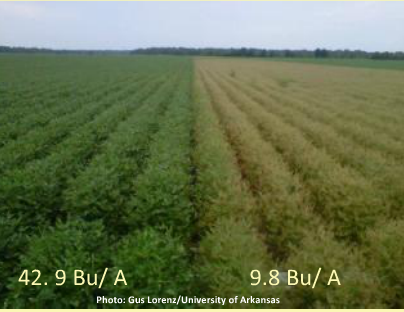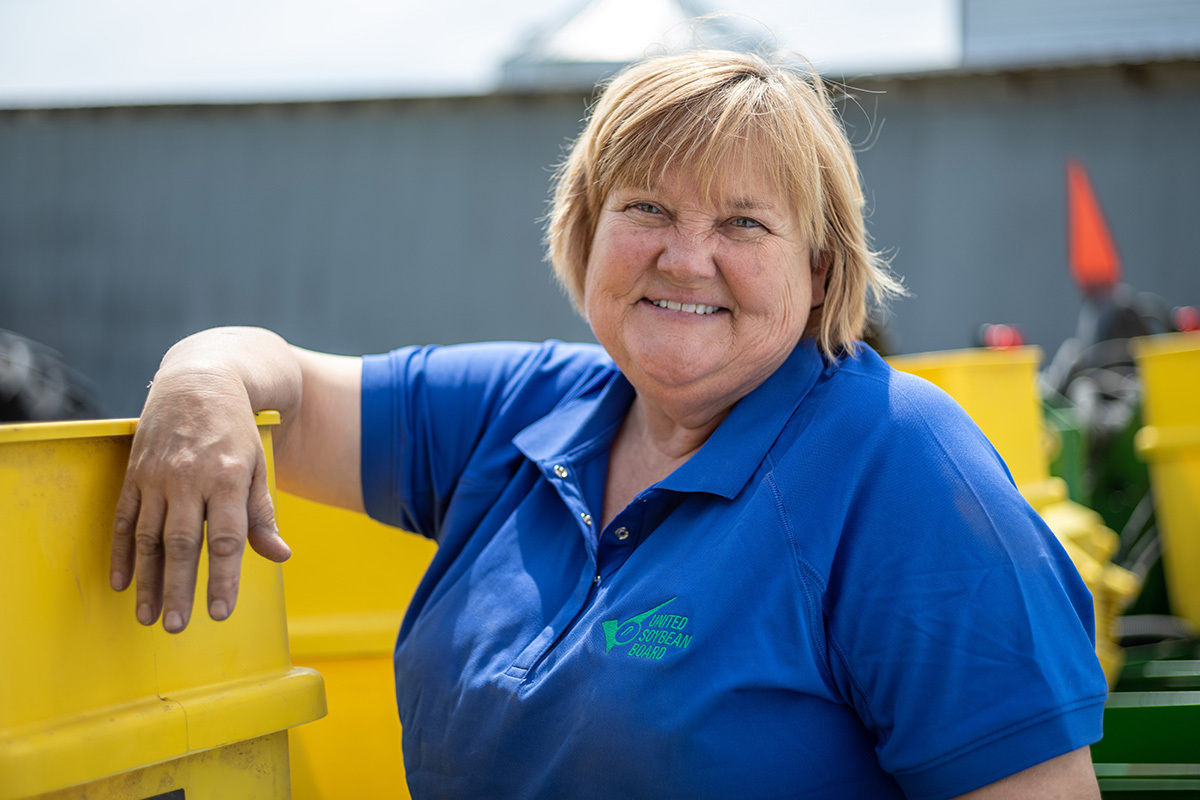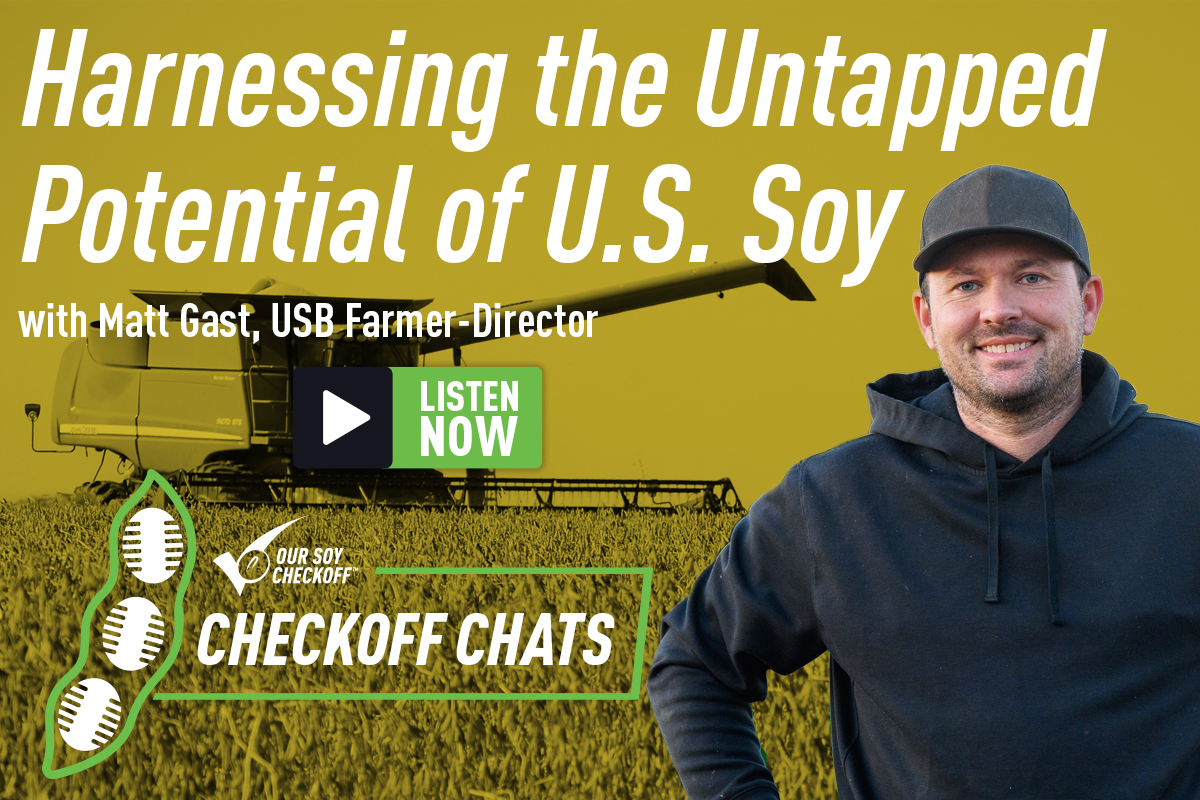For Soybean Insect Management, There’s No Substitute for Scouting, Says Researcher

The weather in the Mid-South region causes intense pest pressure for row-crop farmers. To maintain yields, farmers in this area must treat numerous insect pests, more so than farmers in other areas of the country, according to Mississippi Extension entomologist Angus Catchot, Ph.D. In a Focus on Soybean webcast, Catchot outlines best-management practices to treat pests common to the region.
“There’s no substitute for scouting a field,” he says. “A good insect-pest-management-based approach, when you combine cultural methods such as planting date with chemical control, is generally going to provide the best results. Physically walking fields is the best way for a farmer to be able to minimize unneeded applications and save money with less impact on the environment.”
Below are the three worst pest culprits; be sure to check out the webcast to learn recommended treatment thresholds for each:
- Stink bugs — These direct feeders prefer to be in fields where pods are being filled. Depending on when they arrive, they can cause lost yield and quality.
- Soybean loopers — These pests can cause major defoliation and are one of the biggest threats in the southern region.
- Corn earworms — These moth larvae feed directly on fruiting structures such as pods and blooms, are hard to scout for and are difficult to control.
The best methods of insect pest management, according to Catchot, include manipulating planting dates and the use of tillage practices. Insecticide seed treatments have also been successful in the Mid-South region, and about 85-90 percent of all of the farmers in the area use an insecticide seed treatment. On average, these treatments have resulted in yield increases of between 2 and 2.5 bushels per acre.




